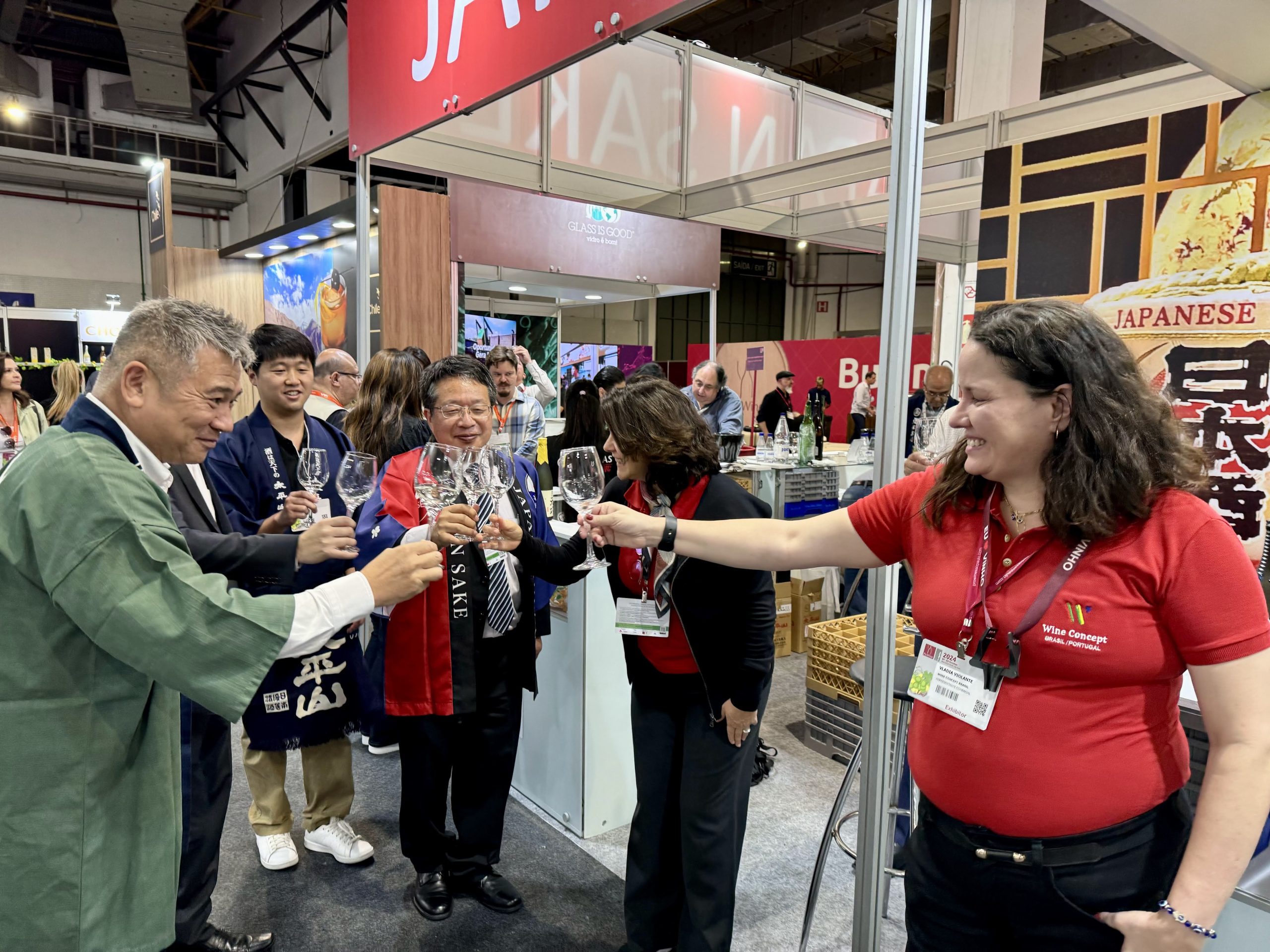Consejo approves new Cava category
By Deborah Parker WongCava’s governing body has approved a new single vineyard classification for the Spanish sparkling wine designed to flag up the country’s best expressions.
The new classification will be called Cava de Paraje Calificado, meaning “qualified single estate Cava”.
Speaking to db, Consejo Regulador president Pedro Bonet said: “The category has been born and we’re in the process of developing the regulations that will support it.”
According to Bonet, the Consejo will convene before the end of harvest in late August to put the finishing touches on the regulations governing the new quality designation.
He anticipates labels bearing the term “Cava de Paraje Calificado” or “Qualified Single Estate Cava” will be available to producers by late 2016.
Perdo Bonet, president of the Cava Consejo Regulador
Of the 30m bottles of premium Cava produced annually, Bonet estimates producers have 450,000 bottles of ultra-premium wine awaiting the new labels.
“In two to four years we will have 1.5m bottles of qualified single estate cava available, 1.2% of total Cava production.
“If ultra-premium Cava reaches 2% of total export sales of 7.5m, we’ll consider it an absolute success,” said Bonnet, who, in addition to his role as president of the Cava Consejo Regulador, is also director of Communications for Freixenet.
In terms of vineyard area, Bonet estimates there are 40,000 hectares in production that will meet the strict requirements of the new classification.
Partner Content
The rules governing the single vineyard quality designation will include specifics of climate and soil and production methods including a 36-month aging period.
“Many brands have produced ultra-premium single vineyard cavas for decades. Once the wines are approved, they can be immediately released on the market,” said Bonet.
Among them include producers Gramona, Juvé & Camps, Cavas Recaredo and Casa Sala, the historic estate belonging to Freixenet.
The new classification is likely to level the playing field for smaller producers by several factors.
Drawing a parallel to the rise of grower Champagne, Bonet said: “There’s no doubt that they can produce at this level, but their challenge will be to demonstrate consistency in the face of difficult harvests.”
As part of the initiative, Bonet will organise tastings for the Institute of Masters of Wine in London and conduct a masterclass at the Cava Experience in New York designed to introduce the trade and opinion leaders to the charms of ultra-premium cava.
When asked about the recent efforts of the Raventos family to establish a new DO called Conca del Riu Anoi, Bonet told db: “It’s not easy for one brand to become an appellation.”





Does an appellation contain multiple D.O.s?
Bravo! There are many excellent Cavas that are produced in Spain. Creating this classification will go a long way in elevating these wines to another level quality. In the US, Cava has always been considered a value wine where consumers were more interested in price rather than perceived quality. Some actually have found that Cava can be both price and quality worthy.
The notion of creating D.O.s can be a daunting task, and history has shown that an appellation designation given to a single vineyard is almost unheard of. Chateau Grillet in the Rhone Valley is the only one that leaps to mind. Most are awarded based on geology of the land: soil composition, bodies of water, mountains, etc. These conditions help to create natural boundaries. Apellations should be created when a specific region demonstrates the ability to produce wines of superior quality, and has distinct nuance that separates itself from its neighbors. The other fly in the ointment that often poses the greater problem, is the politics involved when the proposed boundaries are introduced for approval. Some owners may not have all their vineyard holdings included. Some may not be included at all.
In the end, the cream always rises to the top – quality makes itself known. The primary focus should be in elevating the perception of Cava as a cheap alternative to Champagne, to that of, dare I say, a rival?